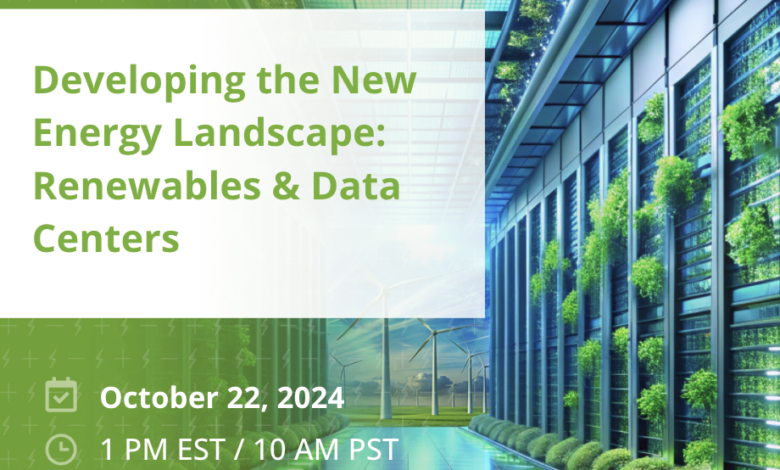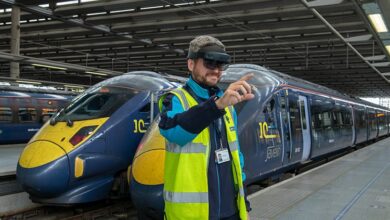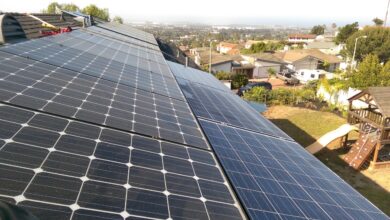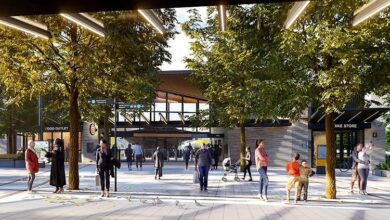Why Does Elon Musk Continue To Fall Short Of Our Expectations? The Tesla Cybercab Disappointment

Sign up for daily news updates from CleanTechnica on email. Or follow us on Google News!
Tesla share value is down nearly 9% to close the week. The “We, Robot” event late Thursday evening was a bust, according to many experts. With Hollywood watching — or trying to watch, as the streamed event started late — CEO Elon Musk was, at least, consistent. As someone who has failed to deliver on many promises, the Cybercab reveal was one more in a long list of dreams denied.
A prototype, it is said, is easy, while a production model vehicle is very, very hard to bring to market. Tesla’s allure of driverless robotaxis has lost a lot of its luster. Cathie Woods, where are you? Is Tesla’s future still wrapped up in its autonomous vehicles? If so, how long can we wait to see it come to fruition?
Tesla had a big test after its 2024 third-quarter delivery numbers fell slightly short of Wall Street expectations. The once-postponed but highly anticipated October 10 robotaxi event could have been a company turnaround.
When streaming audience members logged in to X or YouTube to view the event, a swirl of bright electrons greeted their screens, and the audience waited. And waited for nearly an hour. Eventually, a Warner Bros movie studio set appeared. Neon lights framed otherwise darkened artificial buildings and streets. Dressed all in black, Musk rolled in via a brushed silver two-door Cybercab prototype with strobe lights and electronic dance music punctuating his movements.
The Cybercab had no steering wheel (or yoke) or pedals.
Musk stepped into a color-swirling circle on the floor — he was, for the moment, at the center of the universe, and he beamed with a partially shy, partially adolescent grin. “It’s going to be a glorious future,” Musk exclaimed.
The Cybercab Specs Were, Um, Vague at Best
“Today’s Transportation Sucks” was the title of the video that ran in the background while Musk spoke. With emphasis throughout his narrative on moving from “supervised” to “unsupervised,” the evening was all about the company’s readiness to grab at the future now by beginning to build the fully autonomous Cybercab. Ever the PT Barnum showman, Musk insisted the Cybercab products would reshape cities by “turning parking lots into parks.”
Musk said the company had 21 Cybercabs and a total of 50 “autonomous” cars on-location. One pricing scheme would be less than $30,000. Among the exhibits was a robovan capable of transporting 20 people around town.
Dancing humanoid robot bartenders would eventually sell for $20,000 to $30,000 a piece. “I think this will be the biggest product ever, of any kind,” Musk declared, with his thumb ever on the pulse of the mass audience. Musk said Tesla wanted to show its humanoid robot now in development, titled Optimus, was not just for “a canned video.”
What We Saw from the Cybercab Reveal, What Was Missing
Some Tesla investors and experts said they were hoping for more concrete details on how the company plans to transform from an automaker into an autonomous driving and artificial intelligence company — since no solid business plan was forthcoming. Musk offered no insights into production location plans other than the goal of the ramp-up before 2027.
Tasha Keeney, director of investment analysis at Tesla investor ARK Investment Management, admitted she was hungry for more specifics. However, Keeney likes the way Tesla seems on track to offer an unsupervised version of its Full Self-Driving system in Texas and California next year. “If they can do that, I don’t see why they wouldn’t launch a robotaxi service soon after,” she said.
Meanwhile, shares of ride-hailing firms Uber and Lyft gained about 4%, which signaled confidence in options beyond Musk’s mighty oaths.
“His vision is lovely, but somebody has to actualize it,” Ross Gerber, a Tesla shareholder and CEO of Gerber Kawasaki Wealth and Investment Management, told Reuters. “For now, for the next 24 months, Tesla has to sell EVs. Why aren’t we focused on that?” Gerber agreed that products like the Cybercab and the robovan are fine, but he had hoped to also see a more traditional, lower-priced mass-market vehicle that the company could sell in the near future as part of the big event.
“Obviously, we were looking for more details on what exactly his future plans are going to be and how he’s going to monetize this new AI and robotics,” stated Ramesh Poola, co-chief investment officer at Creative Planning, which holds Tesla shares. Poola liked the We, Robot presentation, yet expects widespread adoption of the autonomous Cybercabs, where riders can hail rides through an Uber-style app, are still “maybe three to four years away.”
Musk has focused on scaling up its autonomous vehicles with a more affordable technology approach that can reach the market faster than rivals Alphabet and Waymo. Right now, Tesla’s AI technology is unable to determine why a crash or other failure occurs. Regulators aren’t impressed. The competition builds in redundancy with additional systems and more-expensive sensors as a safety precaution.
Tesla’s unveiling of the robotaxi is a significant and positive step in automotive innovation, but the safety of these vehicles is of concern, concurs Brad Rosen, COO of NODAR, to CleanTechnica. Noting that Musk has been clear about his poor assessment of lidar — “an expensive 3D sensor that many robotaxi companies rely on, arguing that if a human can drive using just vision, so can a vehicle.” That viewpoint, says Rosen, is “shortsighted.” Human brains process input from our eyes and other senses and enables us to analyze and react to familiar and new situations instantly.
“While Tesla’s FSD chip is very powerful, the human brain dwarfs its capabilities in terms of computing power. Tesla is doing something novel with AI — using multiple cameras combined with neural networks to make routing decisions. But insufficient computing power combined with an inability to train the networks on every possible scenario — or even a fraction of the edge cases that humans handle so well — leaves Tesla vehicles inadequately prepared for many driving situations.”
Kobi Marenko, CEO of Arbe, agrees that many experts are wondering how the technology can work effectively with a vision-only approach. “We do not believe in safety that relies on vision only,” Marenko conceded to CleanTechnica.
“In 2022 Elon Musk tweeted ‘only very high resolution radar is relevant.’ This comment rings true with automotive experts since there is no radar on the market currently that is detailed enough to support AI. To support AI, perception radar with ultra-high resolution is necessary and should be used in combination with cameras to guarantee safety, redundancy, and facilitate current and future AI developments.”
We have some very savvy readers who follow our work here at CleanTechnica. One who stood out to me this week was alert Jack Niles, who did a close reading of my We, Robot preview article. In the run-up to the event, we knew from the hype that the dedicated Tesla Robotaxi would transport passengers without a driver — a goal that Tesla’s semi-autonomous software has not proven to be reliable so far.
“Although several CyberCars were seen to move on their own in a closed area in Burbank, CA, they are not yet licensed to operate on normal streets, but at least they exist,” Niles acknowledged.
“Since Musk avoided giving any details of production schedules,” the Friday “stock drop is to be expected,” Niles continued. “If Musk can only confine himself to the technology and refrain from making absurd political statements in the future, this may be only a temporary glitch.”
Let’s hope Niles is right and that Musk can moderate his love of grandiose spectacle and, instead, focus on making the once-dominant all-electric car company shine again.







